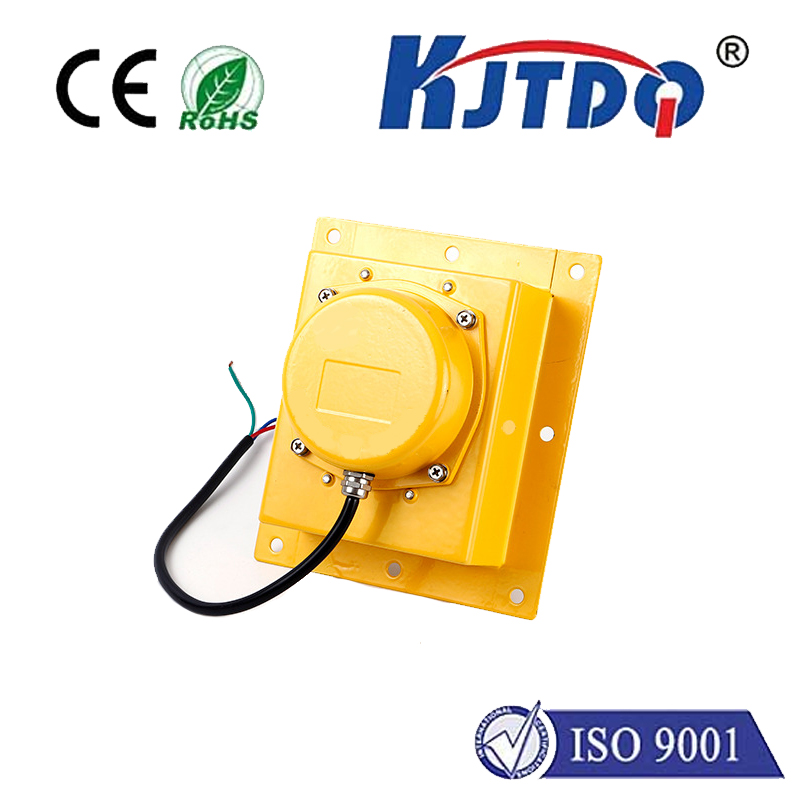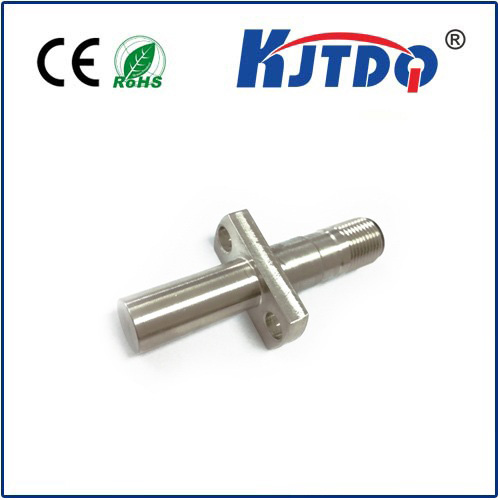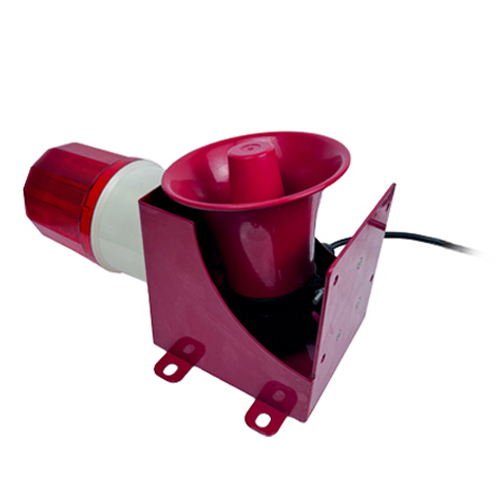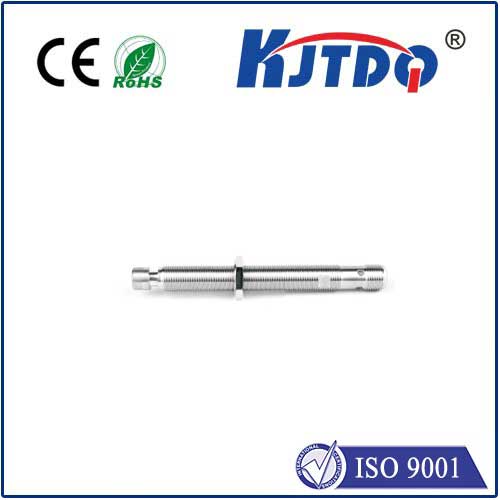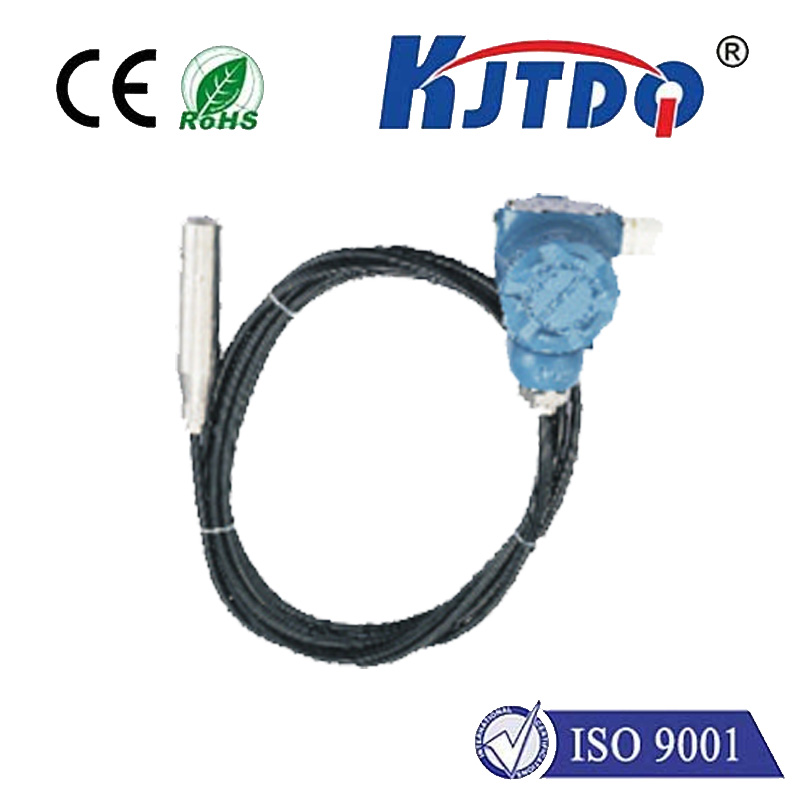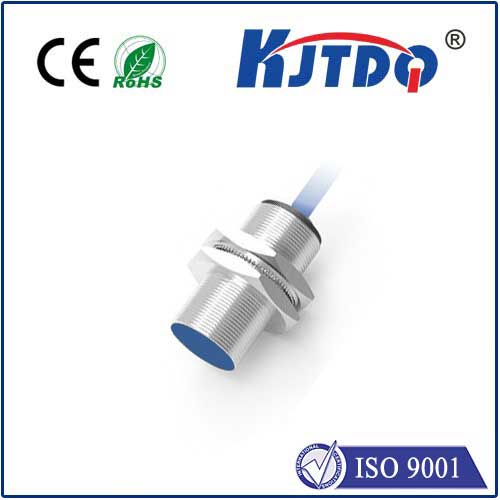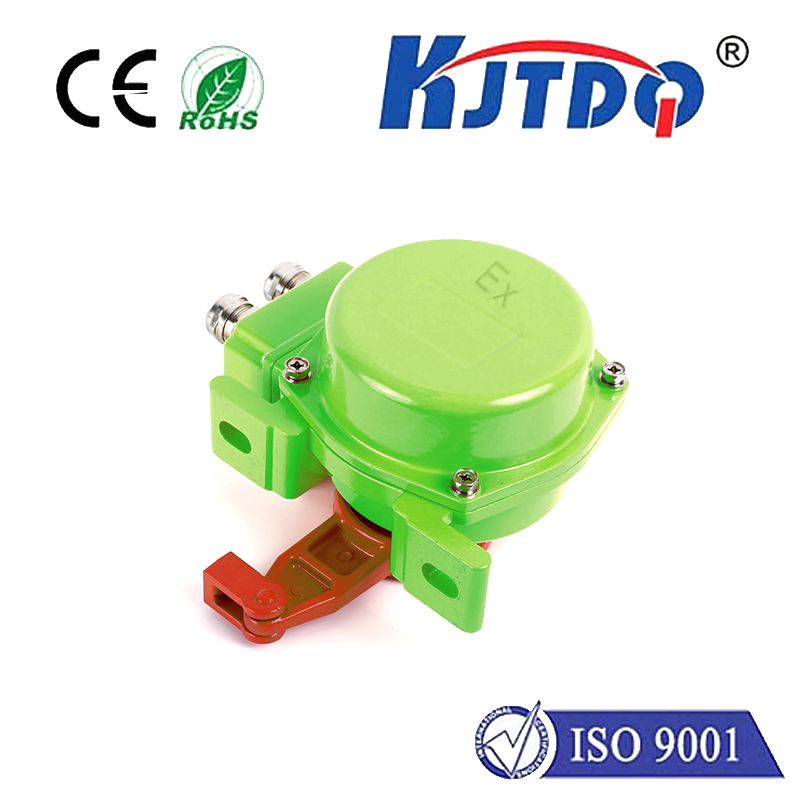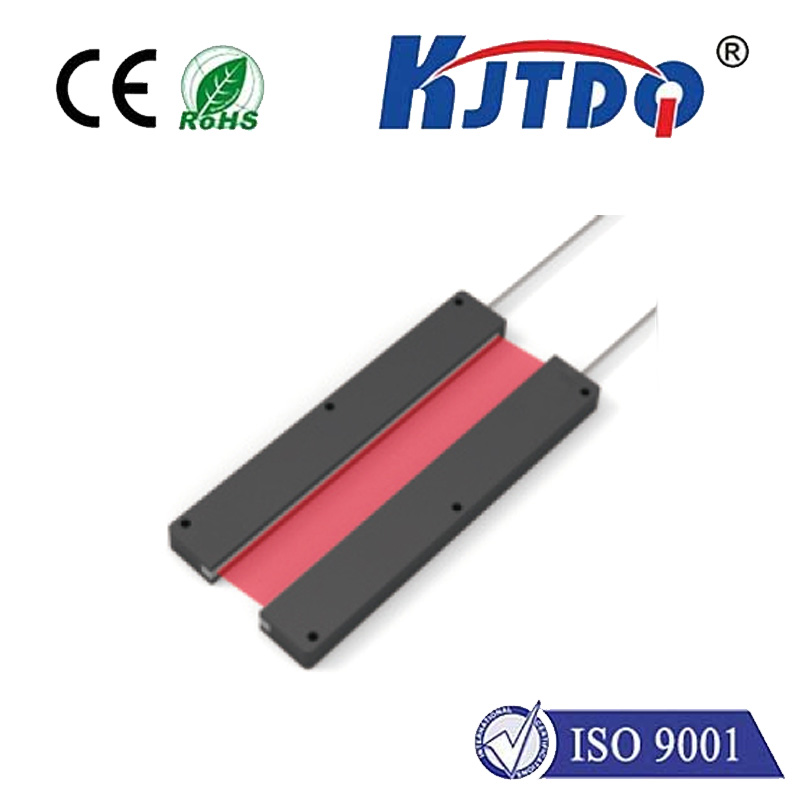optical distance sensor
- time:2025-08-13 17:58:06
- Нажмите:0
How Optical Distance Sensors See the World: Precision Meets Innovation
Imagine a robot smoothly navigating a cluttered factory floor, a drone landing with pinpoint accuracy, or a car automatically adjusting its ride height for optimal aerodynamics. Behind these feats of modern engineering often lies a silent, unassuming hero: the optical distance sensor. These remarkable devices harness the power of light to measure distances with remarkable speed, accuracy, and without any physical contact. But how exactly do they transform photons into precise millimeters or meters of measurement?
At its core, an optical distance sensor operates on a beautifully simple principle: light travels at a known, constant speed. By precisely measuring how light interacts with a target object – whether it’s the time it takes to bounce back, a shift in its pattern, or changes in its intensity – these sensors calculate distance with incredible fidelity. It’s the technological embodiment of “non-contact measurement,” making them indispensable in environments where physical probes would be impractical, damaging, or simply too slow.
The Symphony of Light: Core Working Principles
Several distinct techniques form the backbone of optical distance sensing, each with its strengths and ideal applications:

- Time-of-Flight (ToF): This method is conceptually straightforward. The sensor emits a pulse of light (often infrared or laser) and measures the exact time it takes for the pulse to travel to the target and reflect back. Since the speed of light © is a fundamental constant (approximately 3x10^8 m/s), the distance (d) is calculated simply as d = (c * t) / 2 (divided by two because the light travels to the target and back). Modern ToF sensors can achieve this with single photons and sophisticated timing circuits, enabling detection ranges from millimeters to tens of meters with high speed and good resistance to ambient light.
- Example Applications: Robotics navigation, drones (altitude and obstacle detection), gesture recognition, industrial level monitoring, vehicle occupancy detection.
- Triangulation: This technique uses geometry. A focused light source (typically a laser diode) projects a spot onto the target surface. A lens, positioned at a known baseline distance and angle from the emitter, focuses this spot onto a position-sensitive detector (PSD), like a linear CCD or CMOS array. As the target moves closer or farther away, the position of the reflected spot on the PSD shifts laterally. Using basic trigonometric principles, the sensor calculates the target’s distance based on this measured shift. Triangulation sensors excel at high precision over shorter ranges, often sub-micron resolution at close distances.
- Example Applications: Precision manufacturing (part dimensioning, thickness measurement), 3D scanning, surface profiling, alignment systems, displacement monitoring.
- LiDAR (Light Detection and Ranging): While technically a sophisticated application of ToF principles, LiDAR deserves mention due to its prominence. It scans a laser beam rapidly across a scene (using moving mirrors or solid-state techniques), measuring distances at thousands or even millions of points per second. This creates dense, real-time 3D point clouds representing the environment. LiDAR provides unparalleled spatial awareness over larger areas and is crucial for autonomous vehicles and high-resolution mapping.
- Example Applications: Autonomous driving, topographic surveying, forestry management, archaeology, infrastructure inspection.
- Interferometry: This high-precision technique relies on the wave nature of light. It splits a light beam (usually laser) into two paths – one reflects off a reference surface, the other reflects off the target. When these beams recombine, they interfere constructively or destructively depending on the difference in the lengths of the two paths (the optical path difference). By analyzing this interference pattern with extreme precision, interferometers can achieve nanometer or even sub-nanometer resolution, making them the gold standard for ultra-high precision metrology.
- Example Applications: Semiconductor wafer inspection, precision stage calibration, optical component testing, gravitational wave detection (like LIGO).
Beyond the Principles: Key Advantages Driving Adoption
The fundamental appeal of optical distance sensors stems from compelling advantages inherent to their non-contact nature and use of light:
- Non-Invasive Measurement: They measure distance without physically touching the target, eliminating potential damage to delicate surfaces or interference with moving parts. This is vital for soft materials, high-speed processes, and delicate assemblies.
- High Speed & Real-Time Feedback: Light travels fast, enabling measurements thousands or even millions of times per second. This real-time capability is essential for dynamic processes like robotics control, vibration analysis, or assembly line inspection.
- High Precision & Accuracy: Depending on the technology (especially interferometry and triangulation), optical sensors can achieve exceptional levels of precision, far surpassing most contact-based methods over comparable ranges.
- Versatility Across Materials: While highly reflective or transparent targets can pose challenges, various techniques (using different wavelengths, structured light, or specialized algorithms) allow effective distance measurement on diverse material types.
- Robust Integration: Modern optical distance sensors come in compact packages suitable for integration into machinery, vehicles, handheld devices, and automated systems. Solid-state designs enhance reliability.
Where Light Measures Impact: Diverse Applications
The unique capabilities of optical distance sensors make them ubiquitous across countless industries:
- Industrial Automation & Robotics: Ensuring precise part positioning, guiding robotic arms for pick-and-place, verifying assembly tolerances, monitoring conveyor belt flow, detecting object presence/non-presence, and enabling collision avoidance.
- Consumer Electronics: Enabling autofocus in smartphone cameras, proximity sensing to turn off screens during calls, gesture control interfaces, and in devices like robotic vacuum cleaners for navigation and cliff detection. The smartphone in your pocket likely contains several.
- Automotive: Crucial for Advanced Driver-Assistance Systems (ADAS) and autonomous driving via LiDAR, radar (often fused with optical data), and ultrasonic sensors. Also used for ride height adjustment, parking assistance, and occupant detection.
- Drones & UAVs: Essential for stable altitude hold, terrain following, obstacle detection and avoidance, and precision landing.
- Medical Devices: Used in surgical navigation systems, robotic surgery, precise drug dispensing, and diagnostic equipment positioning.
- Logistics & Warehousing: Measuring pallet dimensions, guiding Automated Guided Vehicles (AGVs), ensuring safe elevator door operation, and monitoring inventory levels.
- Building & Construction: Leveling instruments, surveying equipment, and monitoring structural deformations or vibrations.
Choosing the Right Eye for the Job: Considerations
With such variety, selecting the optimal optical distance sensor requires careful thought:
- Required Range: Very short (mm), short (cm), medium (meters), or long-range (tens-hundreds of meters)? Triangulation shines at short range; ToF/LiDAR handles longer distances.
- Accuracy & Resolution Needs: Ultra-high precision (interferometry), micron-level (triangulation), or centimeter-level (basic ToF)?
- Target Properties: Is it reflective, matte, transparent, dark? This heavily influences sensor choice and setup.
- Environment: High ambient light? Dust, fog, or smoke? Temperature extremes? Harsh chemicals? Environmental robustness is critical.
- Measurement Speed (Update Rate): How quickly do you need data? kHz+ for real-time control? Slower rates suffice for monitoring?
- Output Format: Analog voltage, digital (I2C, SPI, UART), or dedicated industrial protocols (IO-Link)? Integration ease matters.
- Size & Cost Constraints: Compact designs are essential for mobile applications; budget often dictates technology choice.
From ensuring the precise gap in your smartphone’s components to helping self

